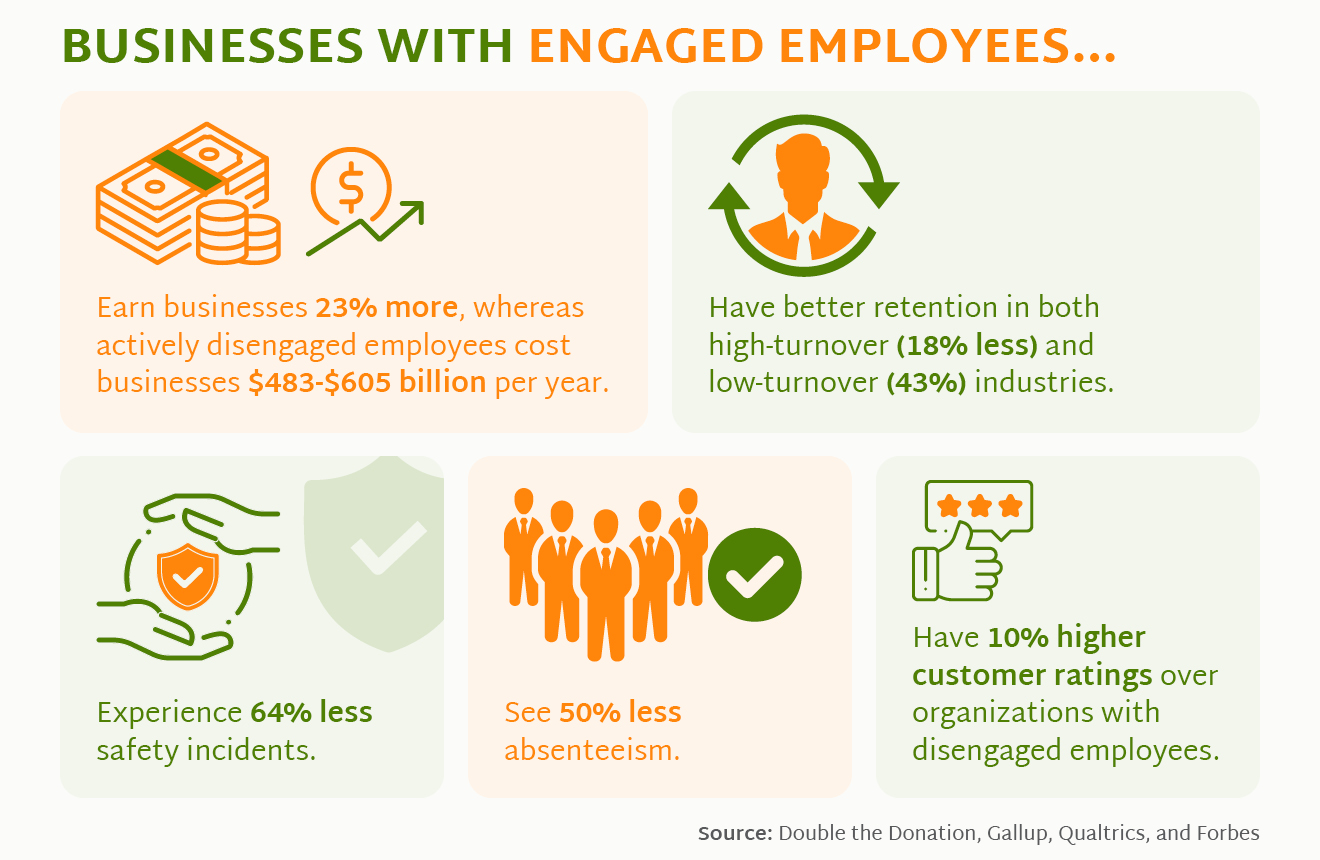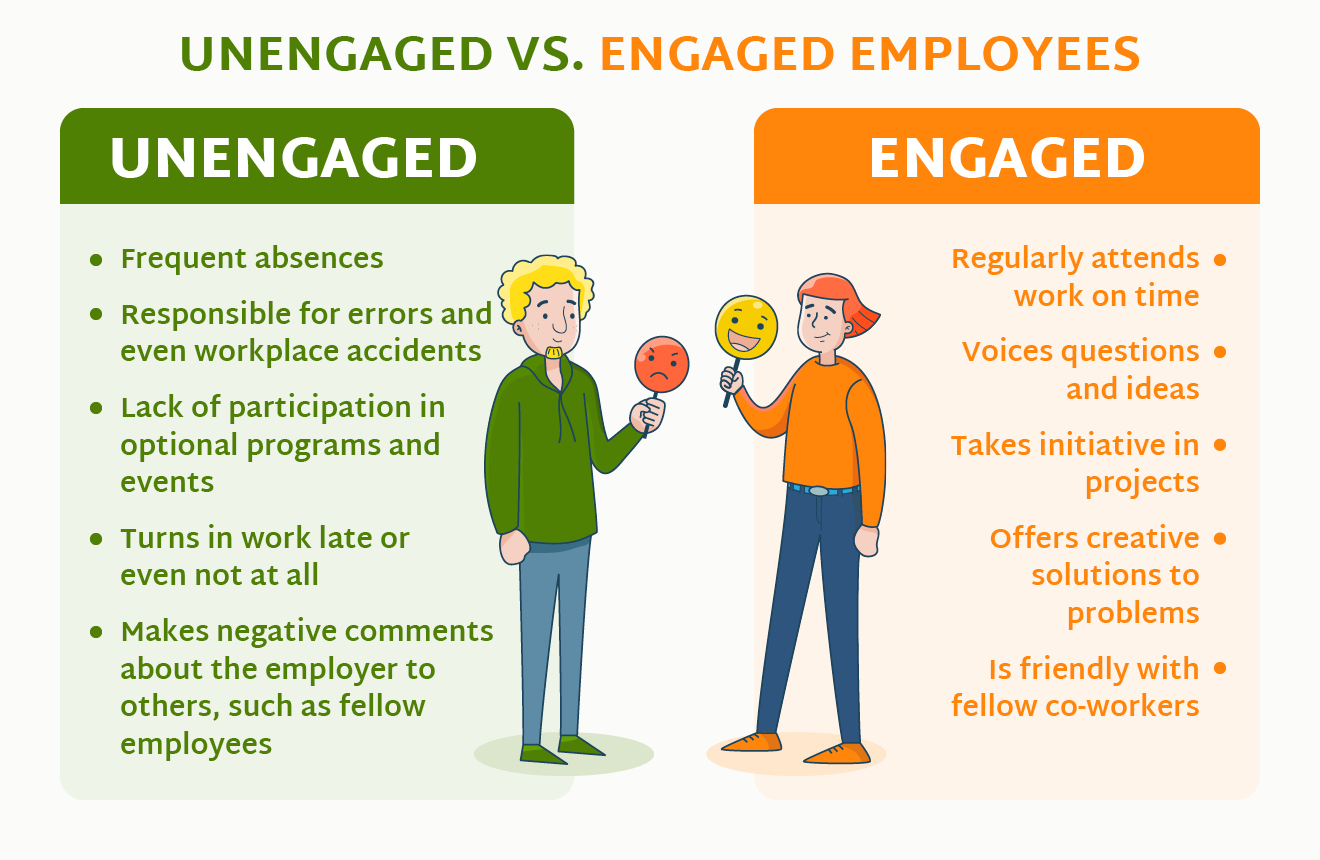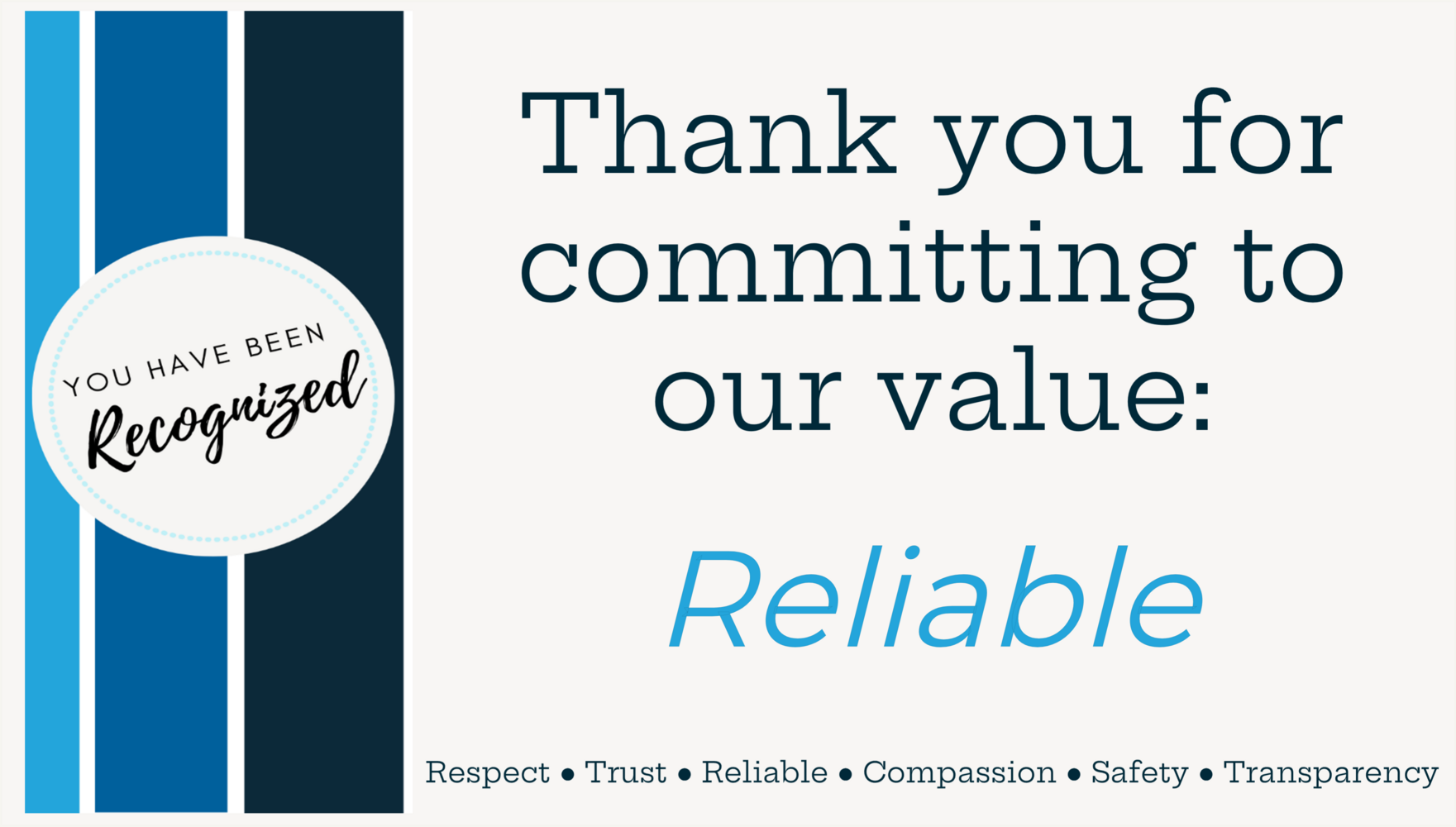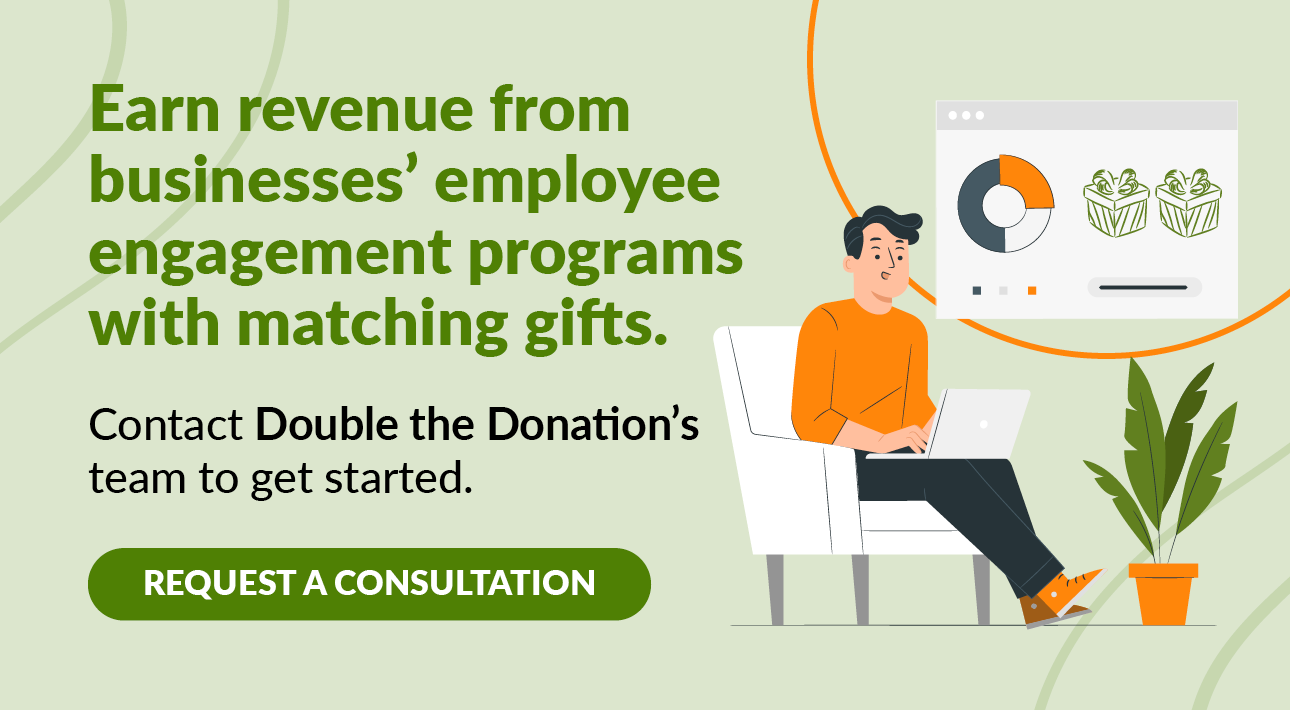Working for an organization committed to social good can be fulfilling work. However, it can just as easily be draining, and even the most passionate employees are subject to burnout, declining motivation, and disengagement.
This is a problem that plagues both for- and nonprofit organizations, impacting their ability to make a profit and achieve their mission respectively. Fortunately, there are strategies to counter this, helping your nonprofit team stay engaged whether they’re fundraising, working on your initiatives, or managing paperwork.
In this guide we’ll explore the essentials of employee engagement that nonprofits need to know:
- What is employee engagement?
- Why does employee engagement matter?
- What impacts employee engagement?
- 6 Strategies to Improve Employee Engagement
- Corporate Employee Engagement: What Nonprofits Need to Know
As a nonprofit, employee engagement is important on two fronts: how you can engage your staff and how your nonprofit can earn extra fundraising by engaging for-profit businesses’ staff members. We’ll dive into both of these components after establishing a few basics about employee engagement.
What is employee engagement?
Employee engagement encompasses several factors, but matching gift vendor 360MatchPro provides a useful working definition: “[employee engagement] refers to the connection an employee has with their workplace, especially regarding their feelings of commitment, purpose, and belonging.”
The key part of employee engagement is that these positive feelings toward their workplace inspire employees to put in more effort, pay closer attention to their work, and strive to help others also succeed. In contrast, a lack of engagement can lead to an absence of these work characteristics, resulting in worse work results.
Here’s a brief overview of the three stages of employee engagement:
- Engaged employees are happy at work and committed to the organization’s success.
- Unengaged employees feel distant from their workplace’s greater goals and may have an attitude of showing up just for the purpose of cashing a paycheck.
- Actively unengaged employees are deeply unhappy at their workplace, even reaching the point of becoming resentful and acting as saboteurs.
Employee engagement programs help employees stay connected to their workplace, preventing them from becoming unengaged. However, keep in mind that disengagement can occur due to factors other than a lack of engagement programs, such as burnout, personal matters, and a clash of employee-employer values.
Why does employee engagement matter?
Picture this: your nonprofit is about to launch a major capital campaign that will require all hands on deck. Will you be in as strong a position if those hands don’t care about your campaign’s outcome as one where your entire team is personally invested in your success?
If hypotheticals alone aren’t persuasive enough, let’s take an in-depth look at the benefits of employee engagement.
The Benefits of Employee Engagement
While highly motivated employees are always a nice bonus, how much does employee engagement really matter? According to research, a lot actually. Reports have found that:

- Highly engaged employees earn their businesses 23% more, whereas actively disengaged employees cost businesses $483-$605 billion per year.
- Engagement boosts retention in both high-turnover (18% less) and low-turnover (43%) industries.
- Engaged employees tend to make fewer mistakes, resulting in 64% fewer safety incidents.
- Businesses with engaged employees see 50% less absenteeism.
- Overall, businesses with high engagement have better customer relationships with 10% higher customer ratings than organizations with disengaged employees.
Along with reaping all the benefits of a dedicated, self-motivated workforce, employee engagement practices also help prevent employees from becoming actively disengaged. Let’s look at how unengaged employees compare to their engaged counterparts.
Unengaged vs. Engaged Employee Profiles
While many workers are willing to report their engagement levels to research papers, chances are few of your nonprofits’ employees will outright state they feel unengaged. So, what are the telltale signs of unengaged and engaged employees?
Here’s an overview of common characteristics to look out for:

Unengaged Employees
- Frequent absences
- Responsible for errors and even workplace accidents
- Lack of participation in optional programs and events
- Turns in work late or even not at all
- Makes negative comments about the employer to others, such as fellow employees
Engaged Employees
- Regularly attends work on time
- Voices questions and ideas
- Takes the initiative in projects
- Offers creative solutions to problems
- Is friendly with fellow co-workers
Be careful not to mistake individuals who are simply quiet or take time off as unengaged. Some of your employees may just be low-energy individuals or have busy personal lives. In fact, encouraging employees to maintain a healthy work-life balance can help re-energize them, so when they’re at your nonprofit, they’re ready to engage.
What impacts employee engagement?
Disengagement can happen naturally over time due to burnout, lack of direction, and general feelings of disconnection, which can all be particularly challenging for organizations with remote workers.
So, what causes employee re-engagement? While every employee has their own personal motivations, a few common factors in whether an employee is engaged include:
- Growth opportunities. Most workers want careers with opportunities for advancement rather than jobs wherein they perform the same tasks every day. For your nonprofit, this means creating paths for employees to move up your organization by managing others, taking on new responsibilities, or even launching entirely new projects.
- Work environment. Employees tend to be more engaged if they get along with their co-workers, feel supported by their managers, and have a work environment where they can focus. Consider your company culture and how you instill values such as teamwork, transparency, and urgency into your day-to-day operations.
- Sense of purpose. Compared to for-profit companies, nonprofits have an easier time instilling a sense of purpose in employees since the entire organization is dedicated to making a positive impact in the world. On a micro level, ensure employees know how their specific contributions add to that impact
The factors your nonprofit needs to work on depend on your current practices. Before implementing any employee engagement strategy, talk with your employees to learn what they need to feel more connected to your organization.
6 Strategies to Improve Employee Engagement
You can engage your employees in numerous ways, and the best strategies depend on your nonprofit’s size, resources, communication methods, work model, and employee interests. As such, we’ll explore six methods for engaging employees that can be easily tailored to various types of organizations.
1. Survey your team and take action.
Many organizations survey their employees to gather information about what is going well, what needs to be improved, if they have any ideas for future growth opportunities, and so on. However, employers often fall into the trap of surveying their teams but then failing to act based on those surveys.
Here are steps your nonprofit can follow to implement an employee survey system and ensure responses are actually acted upon:

- Create your surveys. Create several surveys that target different parts of the day-to-day employee experience. For example, you might create a baseline survey to get an initial overview, surveys tailored to specific departments, and surveys about new technology you’ve implemented. The more specific your questions are, the more useful the feedback will be.
- Strategically survey employees. Sometimes, it may make sense to survey your entire team, such as to collect baseline data when you first roll out your surveys. However, try to alternate which employees you survey to prevent over-surveying. This makes surveys feel like a unique opportunity to provide feedback, rather than one more responsibility employees have on top of their regular tasks.
- Send surveys to relevant managers. Once an employee completes a survey, ensure the response is delivered to the relevant manager. This might be their supervisor or, if you’ve decided to create a formal employee experience team, the head of your employee engagement program. Ultimately, you need to ensure the surveys are sent to someone at your nonprofit with the power, authority, and knowledge to assess expressed concerns and take action quickly.
- Have managers respond to surveys. If surveys highlight an issue that can be resolved immediately, encourage managers to take action. If more complex problems or issues without clear solutions are elevated, note them and plan to meet with other relevant parties at your nonprofit who can help resolve the situation.
- Follow up with employees. Whether managers can solve the issue immediately or not, have them follow up with employees to report what actions they have taken. This improves transparency and lets employees know their concerns are heard and being actively worked on.
Surveying employees improves engagement by providing a channel to voice concerns, ideas, and frustrations. To get honest feedback, foster a culture of openness and transparency where employees know that speaking out, even if they are being critical, is welcomed.
2. Provide increased autonomy.
As mentioned, employees are more engaged when they have opportunities to try new things, take on more responsibility, and generally grow at their workplace. This provides a sense of progression, greater influence on the organization’s success, and usually higher compensation.
When considering how to offer your nonprofit’s staff opportunities for growth, think about one of the greatest intrinsic motivators: increased autonomy. Essentially, employees are more motivated when they are given the independence to oversee their own work. This independence empowers employees to take increased ownership of their work, wanting it to succeed not just because it’s part of their job but because they specifically were in charge of making it successful.
But how does allowing employees to operate independently actually work in practice? While operating in a very different field than nonprofits, Netflix’s work model is a good example of autonomy in action, which Harvard Business Review helpfully summarizes:
Netflix employees operate in an environment of “no rules,” characterized by a high degree of employee freedom and responsibility. In terms of freedom, employees make strategic decisions “in Netflix’s best interests” without managerial oversight, do not need to seek pre-approvals for reimbursements, and can take unlimited vacation, which is not tracked… A culture of freedom and responsibility not only allows employees to pursue ideas they find enjoyable and fun—increasing intrinsic motivation—but is also viewed as essential to Netflix’s ability to continue to innovate as the organization grows in size.
While some employees, especially newer members of your team, will highly benefit from a more hands-on managerial style, trusting the more senior members of your nonprofit’s team to lead their own projects can lead to increased creativity, motivation, and employee buy-in.
3. Ensure expectations are clear.
Employee engagement increases when workers have clear direction. After all, employees can only meet your standards when they know what those standards are. Clear guidelines give them a goal to aim for, keeping everyone on the same page and preventing misunderstandings.
Make sure your employees know:
- What they should be doing. Clearly list out employee responsibilities for each role at your nonprofit in your initial job descriptions. If their daily tasks change over time, check in with employees about adjusting their roles’ titles or responsibilities to accommodate this shift.
- What resources are available to them. Train employees to use relevant software, ensure they know who to approach if they have questions, and encourage team members to share helpful resources with each other. For example, if you recently conducted research about your target issue that might be useful for your marketing team to share with supporters, make sure they have access to the full report and a summary that highlights the most interesting findings.
- When their work needs to be done. If there is a deadline for an upcoming project, make sure employees are aware of it and regularly check in with them to ensure they are on track to hit it. In the event that employees fall behind, work with them to figure out what caused the delays, if initial timeline estimates were incorrect, or if there are obstacles in their daily workflow that need to be resolved.
- Why they are doing their work. As part of your goal to give employees a sense of purpose, explain how each campaign, initiative, and fundraiser contributes to your cause when handing out assignments.
Communicate expectations regularly throughout the work year, rather than saving them for performance reviews. This helps maintain work quality and ensures there are no surprises during employee assessments.
4. Show appreciation.
Employees are more likely to be engaged if their contributions are acknowledged and appreciated. Showing your thanks can be as simple or complex as your nonprofit needs it to be, from organized work parties to straightforward thank-you emails.
A few ways you might show your nonprofit’s employees appreciation include:
- Symbolic awards. Make showing appreciation a routine part of the work year with employee recognition awards. For example, you might give out awards for employee of the month, work anniversaries, outstanding mentors, DEI champions, or anything else you want to show gratitude for. By celebrating specific accomplishments, you will also signal to other employees that these are behaviors you value, impacting your work culture.
- eCards. eCards are electronic greeting cards that are usually delivered via email. In the workplace, eCards are an efficient yet memorable way to thank employees for a job well done. Whenever you notice an employee going the extra mile, shoot them an eCard to thank them.

- Perks. If your nonprofit has the resources, you can add tangible perks to your appreciation strategy. This might include reserving a specific parking space closest to the office, granting additional days off, or handing out gift cards. If you intend to offer perks, you will need a highly structured appreciation strategy so employees know exactly what they need to do to receive specific awards.
Along with your staff, make sure to express your gratitude to volunteers as well. Many of these same tips apply to unpaid workers at your nonprofit, so save extra branded t-shirts to give to volunteers, host volunteer lunches, and thank volunteers after each of their shifts.
5. Get leadership involved.
One of the biggest mistakes in employee engagement is assuming it’s just a task for your human resources department. In reality, employees want to work at nonprofits where they know leadership is just as devoted to the cause as they are, and that means senior staff need to champion the engagement efforts your employees want to participate in.
There are multiple ways to go about this. You might have your executive director attend after-work employee functions to socialize with the rest of your team or encourage board members to participate more actively in fundraising campaigns to work side-by-side with employees.
If you want to implement an organized employee engagement program, such as routine culture events, consider how leadership can get involved. This might include them announcing it to the rest of the team, attending and participating themselves, or even working alongside the event planners.
6. Use Software to Strengthen Morale.
As with many aspects of running an organization, leveraging the right software can help boost employee morale. Depending on the type of organization you’re running, you might look into a few different types of tools, such as:
- Employee engagement tools. This type of software is designed to help all sorts of organizations foster positive work environments. Some of these platforms can enable managers and colleagues to acknowledge and reward employees for their achievements. Others might offer communication tools, surveys, or access to training courses and materials.
- Workplace giving software. For companies, workplace giving is a powerful way to engage employees and give their jobs a higher sense of purpose. 360MatchPro’s workplace giving software article explains that this software makes it easy to prioritize philanthropy “without pulling significant attention and resources away from your other goals.” It allows companies to enable payroll deductions, promote volunteerism, and elevate matching gift program participation.
Boosting morale doesn’t have to be difficult. Whether you want to prioritize employee recognition or charitable giving, there’s a solution that can help. It all depends on the areas in which employee engagement is falling short, so think through the tools your employees will appreciate.
Corporate Employee Engagement: What Nonprofits Need to Know
Employee engagement matters for all types of organizations, including both for- and nonprofits. We’ve already covered what nonprofits can do to motivate their teams, but nonprofits can also jump in on corporate employee engagement programs.
As discussed, nonprofits have a comparatively easy time giving employees a sense of purpose due to the organization’s overall mission. Subsequently, for-profit businesses looking to instill a sense of purpose and make employees feel more positively about their employer will often partner with nonprofits to launch corporate social responsibility (CSR) programs.
CSR comes in many forms, several of which can provide your nonprofit with valuable donations, volunteers, and other resources. Work with businesses and position your nonprofit as a reputable charitable organization to earn support from the following corporate employee engagement programs:
- Matching gifts. Matching gifts are one of the most popular forms of employee giving as they allow employees’ monetary donations to have a greater impact. Essentially, a business that offers a matching gift program will match eligible employees’ donations to nonprofits at a dollar-per-dollar rate. Encourage your donors to check their employers’ matching gift guidelines to see if they qualify for a matching gift.
- Corporate volunteer days. Work with businesses to organize volunteer opportunities where entire teams of employees can volunteer at your nonprofit together. For businesses, these opportunities let employees take a hands-on approach to making an impact while also serving as a team-building activity. For your nonprofit, this means more hands to power your initiatives.
- In-kind donations. In-kind donations are non-monetary charitable contributions. These include both tangible objects, like canned foods and lightly used sweaters, as well as professional services. Nonprofits can access incredibly valuable services by partnering with businesses that encourage employees to loan their professional skills to charitable organizations. For example, your nonprofit might receive financial assistance from accountants, professional photographs from photographers, or catering services from local restaurants.
While charitable employee engagement programs require businesses to implement them, your nonprofit can encourage these initiatives. Provide passionate donors with the resources to lobby for a new CSR program, use matching gift software that allows donors to look up their employers’ information, and talk with businesses you have connections with about the benefits of CSR.
Final Thoughts
A variety of factors impact employee engagement, and nonprofits looking to motivate their teams better will need to conduct potentially extensive internal assessments. Additionally, nonprofits should also consider their own role in helping other organizations boost their employee engagement.
To continue your research, consider looking at corporation-focused content about the nuances of employee engagement like these:
- How to Motivate Employees: 11 Easy Ways to Uplift Workers. Employee engagement and motivation are closely tied together. Get inspired about how you can reignite your workers’ passion.
- From Disengaged to Inspired: A Guide to Employee Engagement. Are you worried your employees are already disengaged? Discover how you can reel them back and get them excited about your nonprofit again.
- Engaging Your Employees With Employee Engagement Software. Employee engagement software is an essential tool for businesses. Learn what it is and how nonprofits can take advantage of this technology.



